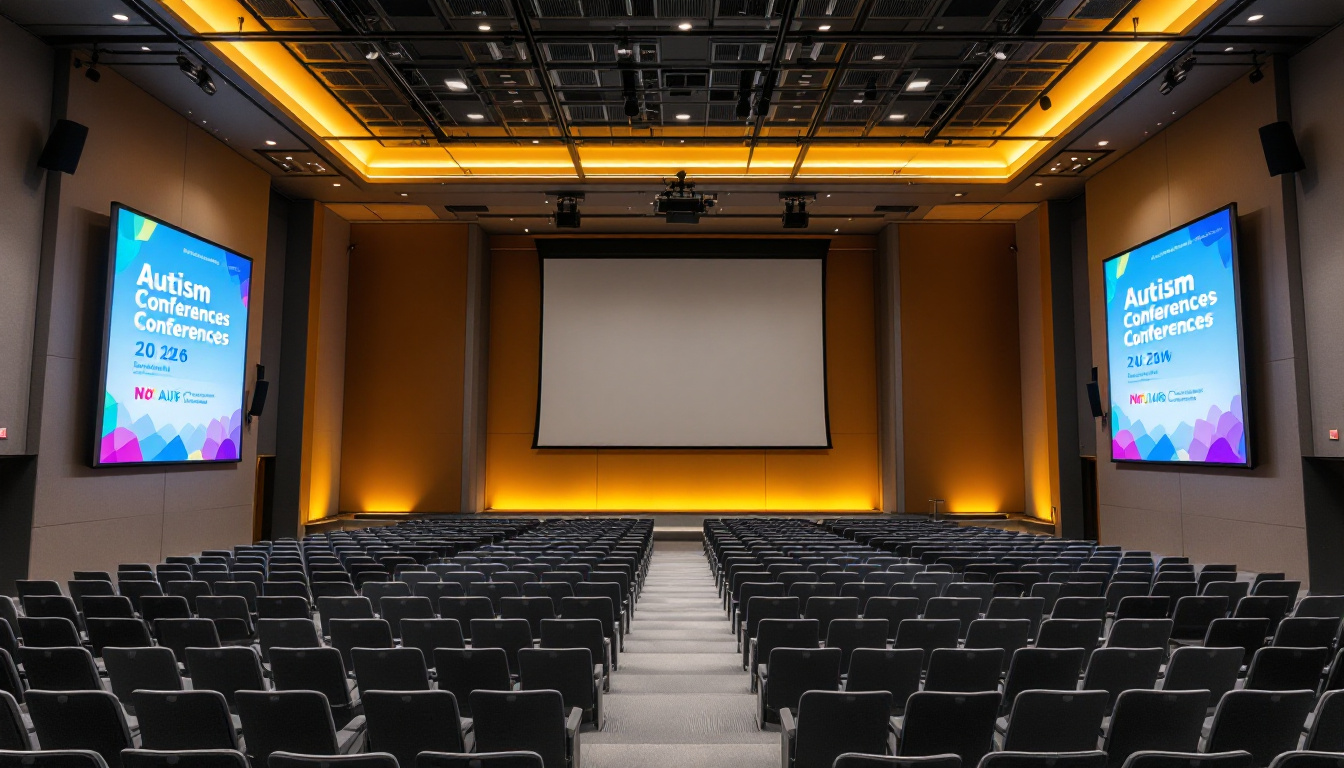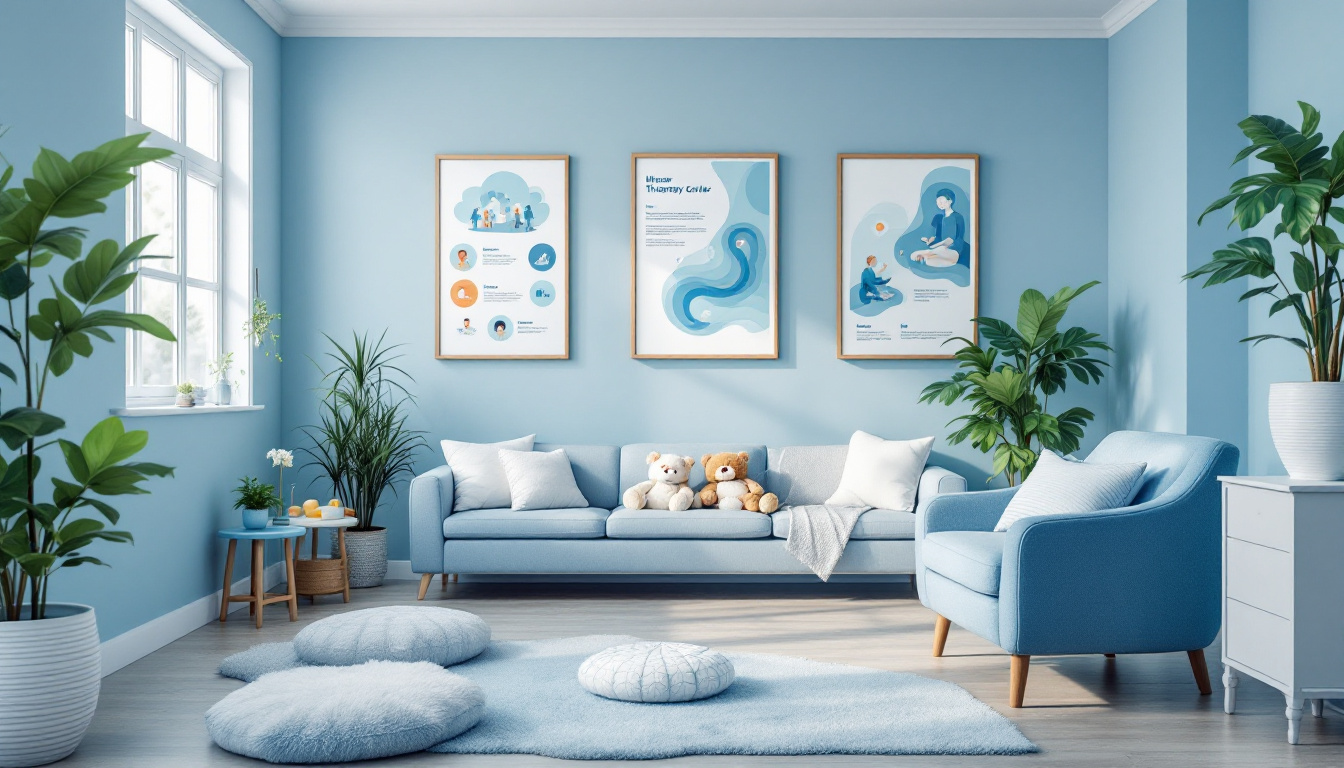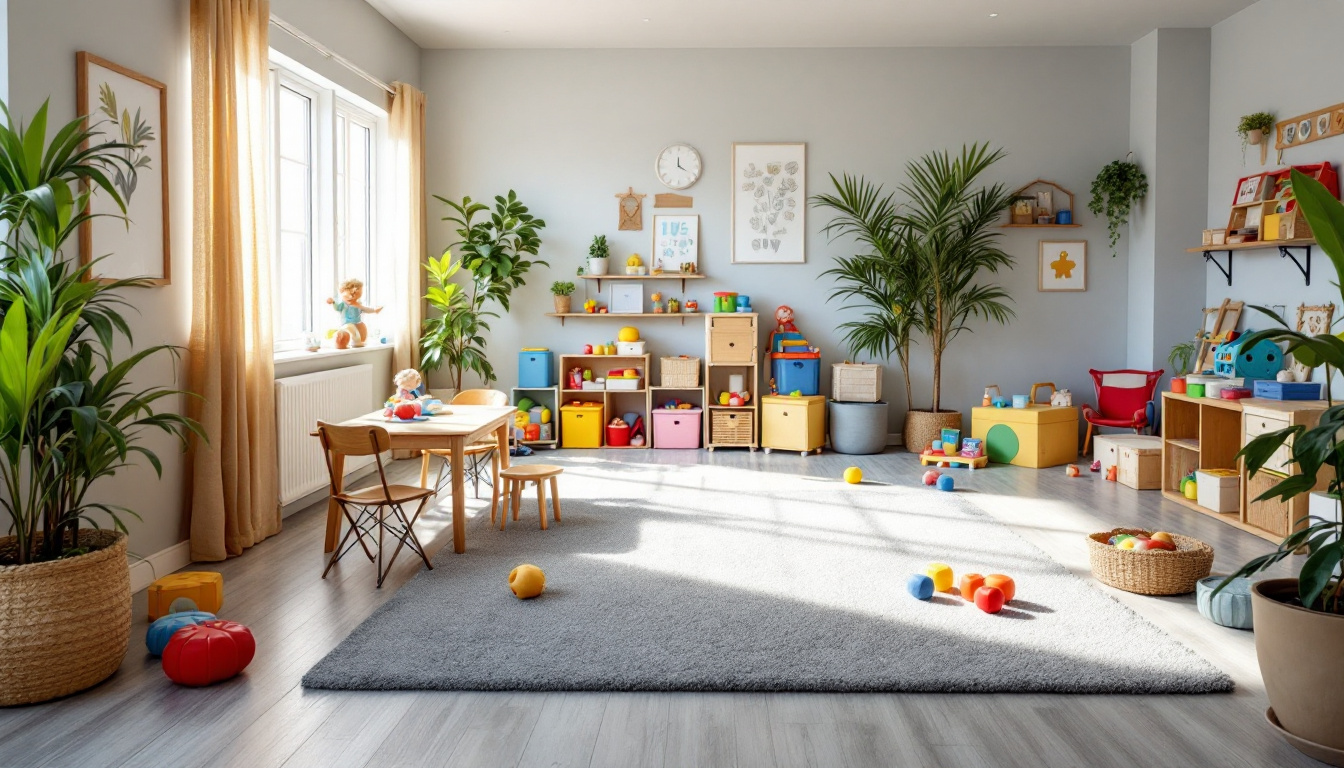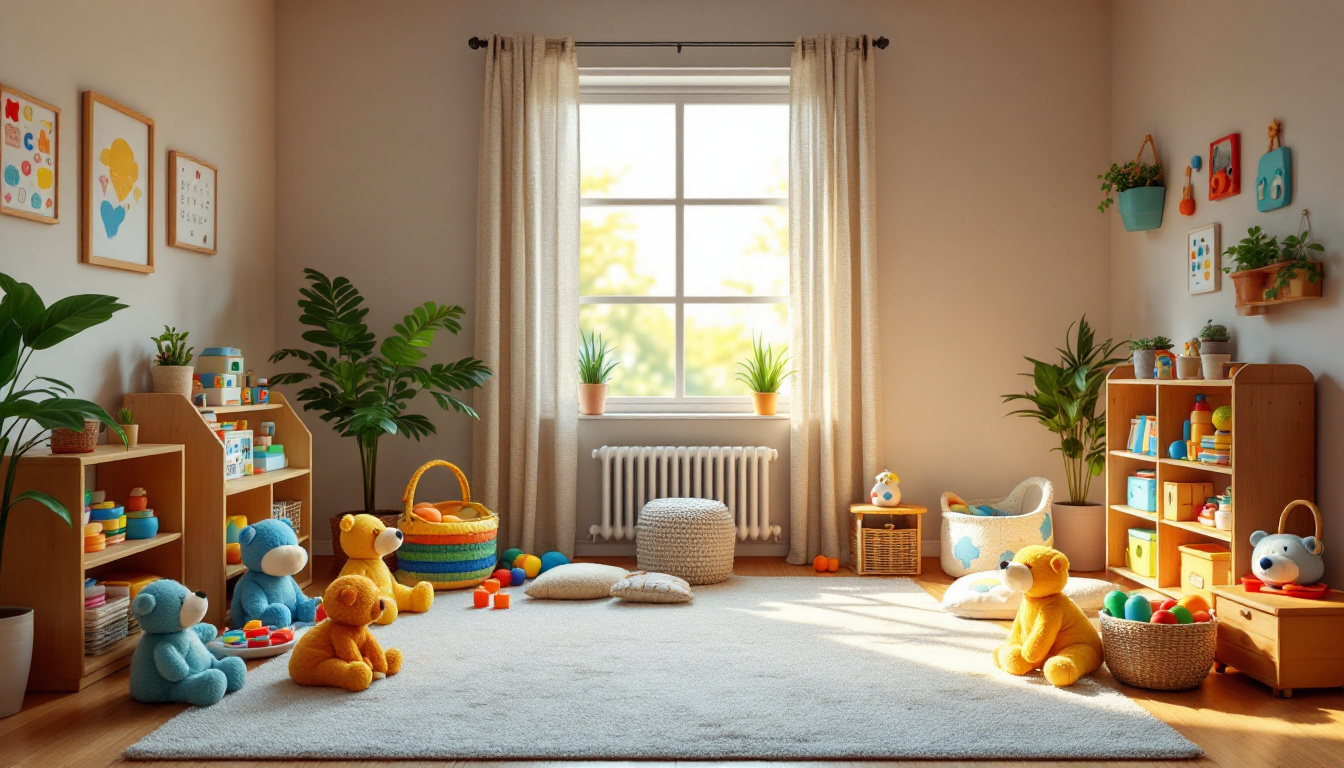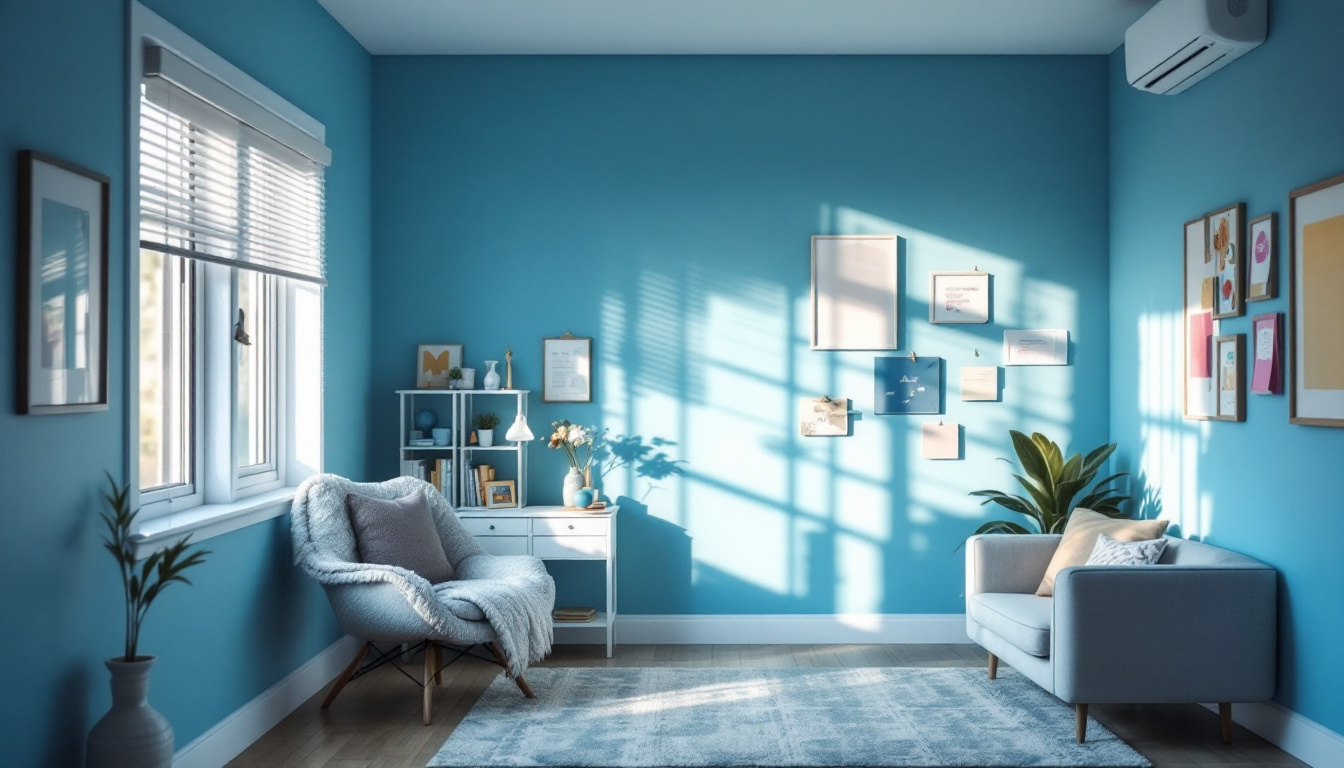Autism and Sleep
Explore autism and sleep patterns, from melatonin benefits to sensory sensitivities, for better understanding and management.

.jpg)
Sleep Challenges in Autism Spectrum Disorder
Individuals with Autism Spectrum Disorder (ASD) often face significant challenges related to sleep. The prevalence of sleep difficulties among children and adolescents with ASD is notably higher, ranging from approximately 50% to 80%, compared to 20-30% in neurotypical children. These sleep disturbances can have a profound impact on the quality of life for both individuals with ASD and their families.
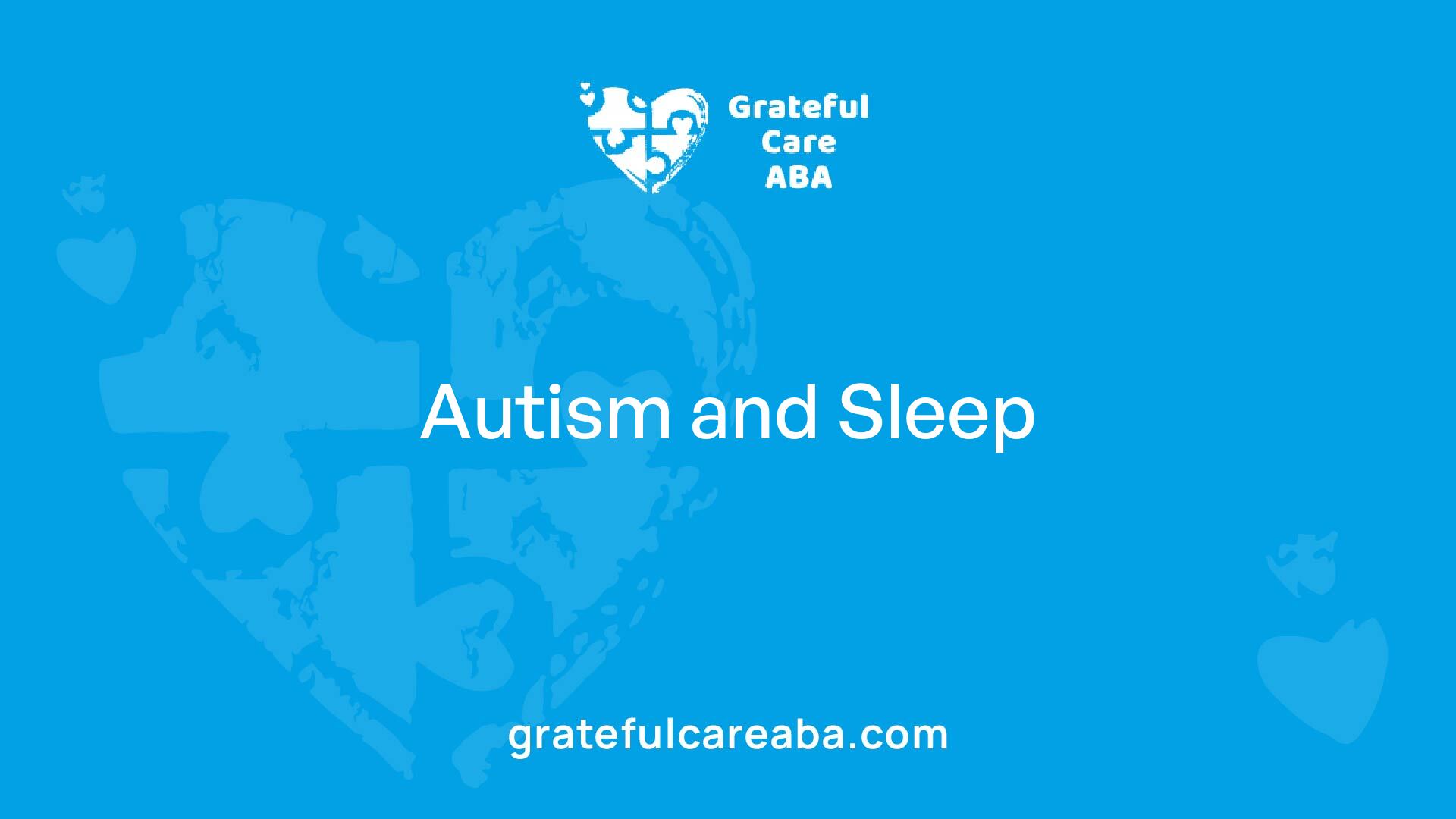
Prevalence of Sleep Difficulties
The high prevalence of sleep difficulties in individuals with ASD can present various challenges. Children and adolescents with ASD are more prone to experiencing issues such as difficulty falling asleep, frequent awakenings during the night, and early morning rising. These disturbances can lead to disrupted sleep patterns and inadequate rest, which in turn may exacerbate behavioral disturbances in individuals with ASD.
Impact on Quality of Life
Sleep disturbances in individuals with ASD can have a ripple effect on the overall quality of life for family members as well. Caregivers often face sleep deprivation and heightened levels of stress due to the sleep challenges experienced by their loved ones with ASD. The resulting fatigue and emotional strain can further impact the well-being of both the individuals with ASD and their families, potentially leading to worsening behavioral issues and decreased quality of life for all involved [2].
It's important to recognize that the severity of sleep disruption in individuals with ASD may vary based on their functioning level. Low-functioning individuals with autism tend to experience more pronounced sleep disturbances and behavioral difficulties compared to those with high-functioning autism. Understanding the prevalence and impact of sleep challenges in ASD is crucial for developing effective strategies for diagnosis, treatment, and management to improve the overall well-being of individuals with autism and their families.
Sleep Patterns and Brain Activity in ASD
When exploring the relationship between sleep patterns and brain activity in individuals with Autism Spectrum Disorder (ASD), two key aspects come into focus: the disruption in sleep spindles and the regional differences in spindle density.
Disruption in Sleep Spindles
A recent study discovered a notable decrease in the intrinsic frequency of sleep spindles in various brain regions of children with Asperger's Syndrome (AS) compared to neurotypical development groups. This decline signifies an immaturity in brain regions associated with the integration of sleep spindles, indicating differences in neural activity during sleep in individuals with AS.
Regional Differences in Spindle Density
Researchers have observed a reduction in spindle density across different brain regions of individuals with ASD, with variations between children and adults. These variances suggest atypical brain development characteristic of autism, highlighting the need for further research to understand the specific neural mechanisms underlying these differences.
Understanding the disruptions in sleep spindles and the regional variations in spindle density provides insights into the intricate relationship between sleep patterns and brain activity in individuals with ASD. These findings contribute to the growing body of knowledge on the complexities of sleep disturbances in ASD and underline the importance of targeted interventions to support individuals with autism in managing their sleep effectively.
Understanding ASD Sleep Patterns
When delving into the realm of autism and sleep, understanding the sleep patterns of individuals with Autism Spectrum Disorder (ASD) is crucial due to the unique challenges they face. This section explores the common sleep difficulties experienced by individuals with ASD and the variability in their sleep patterns.
Common Sleep Difficulties
Children with ASD encounter disrupted sleep, with a higher prevalence compared to typically developing children. Research indicates that more than 40–80% of children with ASD experience sleep difficulties, whereas the prevalence in typically developing children ranges from 25–40%. Some of the common sleep challenges observed in individuals with ASD include:
- Prolonged sleep latency: Difficulty falling asleep.
- Decreased sleep efficiency: Difficulty staying asleep throughout the night.
- Reduced total sleep time: Not getting sufficient hours of sleep.
- Increased waking after sleep-onset: Waking up during the night and having difficulty going back to sleep.
- Bedtime resistance: Resistance to going to bed at the designated time.
- Daytime sleepiness: Feeling tired or drowsy during the day.
It's crucial to address these sleep difficulties in individuals with ASD as they can significantly impact their overall well-being and quality of life.
Variability in Sleep
Children and adolescents with ASD exhibit a higher prevalence of sleep problems, particularly insomnia, compared to typically developing children, with rates ranging from 40% to 80%. This variability in sleep patterns can be attributed to a range of factors, including sensory sensitivities, iron deficiency, and disruptions in sleep architecture.
Research suggests that children with autism are more susceptible to iron deficiency, characterized by low ferritin levels, which may contribute to restless sleep [4]. Additionally, sensory sensitivities play a significant role in sleep disturbances among children with ASD. The severity of sensory sensitivities is closely linked to the severity of sleep disturbances, indicating a potential physiological connection between the two.
Understanding the common sleep difficulties and the variability in sleep patterns among individuals with ASD is essential for developing effective diagnostic and treatment approaches. By addressing these challenges and tailoring interventions to meet the specific needs of individuals with ASD, it is possible to improve their sleep quality and overall well-being.
Melatonin and ASD Sleep
When it comes to addressing sleep challenges in individuals with Autism Spectrum Disorder (ASD), melatonin has emerged as a promising supplement in improving sleep patterns. Understanding the efficacy of melatonin and its benefits for sleep latency is crucial in managing sleep disturbances associated with ASD.
Efficacy of Melatonin
Research studies, such as the one referenced by NCBI, have demonstrated the effectiveness of melatonin in decreasing sleep-onset latency and increasing total sleep time in children with ASD. Individuals with ASD, particularly those experiencing difficulties in sleep latency, have shown improvement in falling asleep faster and achieving a more sustained period of sleep after melatonin supplementation.
Joining the insights from Neurodivergent Insights, it is noted that autistic individuals typically take longer to fall asleep compared to neurotypical individuals. Melatonin can play a significant role in addressing this issue by regulating sleep patterns and enhancing the overall quality of sleep in individuals with ASD.
Benefits for Sleep Latency
Incorporating melatonin supplementation into the treatment plan for individuals with ASD has shown promising results in reducing the time taken to fall asleep. According to Mattress Advisor, children with ASD may experience improved sleep outcomes when melatonin is combined with parental guidance on strategies to promote healthy sleep habits.
The use of melatonin to manage sleep disturbances in ASD not only helps in decreasing sleep-onset latency but also contributes to enhancing total sleep time, fostering a more restful and rejuvenating sleep experience. By addressing sleep latency issues through the supplementation of melatonin, individuals with ASD can benefit from improved sleep quality and better daytime functioning.
Melatonin serves as a valuable tool in the comprehensive approach to managing sleep difficulties in individuals with ASD. By understanding the efficacy of melatonin and its role in enhancing sleep latency, caregivers and healthcare professionals can implement targeted interventions to optimize sleep patterns and overall well-being in individuals on the autism spectrum.
Behavioral Impact of Sleep Disturbances
The relationship between sleep disturbances and autism spectrum disorder is multifaceted and can have significant behavioral implications. Understanding how sleep disruptions affect individuals with autism is crucial for effective management and intervention strategies.
Relationship with Over-Activity
Sleep disruptions in individuals with autism have been associated with increased rates of over-activity, as highlighted by NCBI. These disruptions may lead to behaviors such as restlessness, hyperactivity, and excessive movement during waking hours. Over-activity can further exacerbate sleep issues, creating a cycle of sleep deprivation and behavioral challenges.
Maintaining a consistent sleep routine and addressing underlying sleep difficulties can help reduce over-activity in individuals with autism. Strategies like creating a calming bedtime routine, ensuring a comfortable sleep environment, and implementing behavioral interventions can contribute to improving sleep quality and reducing hyperactive behaviors.
Effects on Daytime Functioning
Sleep disturbances not only impact nighttime behaviors but also have significant effects on daytime functioning in individuals with autism. Disrupted sleep patterns can lead to increased irritability, non-compliance, aggression, and affective problems during waking hours.
The lack of quality sleep can impair cognitive function, emotional regulation, and social interactions, leading to challenges in daily activities and routines. Addressing sleep difficulties in individuals with autism is essential for enhancing daytime functioning and overall quality of life.
By recognizing the behavioral consequences of sleep disturbances in autism, caregivers, educators, and healthcare providers can implement targeted interventions to support individuals in managing their sleep patterns and improving their overall well-being. It's crucial to take a holistic approach that addresses both the sleep challenges and the resulting behavioral impacts to ensure optimal outcomes for individuals with autism.
Diagnosis and Treatment Approaches
In the realm of addressing autism and sleep issues, the ability to diagnose and effectively manage these sleep challenges is crucial. Healthcare professionals employ specific diagnostic methods and implement tailored strategies to address sleep disturbances in individuals with autism.
Diagnostic Methods
Diagnosing sleep difficulties in individuals with autism involves a comprehensive assessment of various factors, encompassing the home sleep environment, medical conditions, medications, bedtime routines, and nighttime behaviors. By understanding these aspects, healthcare providers can gain insights into the specific sleep challenges faced by individuals with autism.
In clinical settings, various methods such as actigraphy and polysomnography may be utilized to diagnose sleep disorders in individuals with autism. Actigraphy, a non-invasive method of monitoring sleep-wake patterns, and polysomnography, a comprehensive sleep study that records brain waves, oxygen levels, and other vital signs during sleep, provide valuable data for healthcare providers to assess the nature and severity of sleep disturbances in individuals with autism.
Strategies for Managing Sleep
Once sleep disturbances in individuals with autism are diagnosed, implementing effective strategies for managing these challenges becomes imperative. Caregivers play a vital role in developing and implementing customized strategies to improve sleep quality and duration in individuals with autism.
Understanding the correlation between reported sleep problems and objective measures of sleep, such as actigraphy data showing variability in sleep efficiency and awakenings, is essential for designing targeted interventions [6]. Additionally, identifying predictors of anxiety, such as the variability of sleep efficiency, can aid in developing holistic treatment approaches that address both sleep disturbances and associated conditions like anxiety in individuals with autism.
Studies have shown that children with autism tend to sleep less than typically developing children, with an average difference of 30-40 minutes per night. By acknowledging this discrepancy, healthcare providers can tailor sleep management strategies to ensure adequate rest for individuals with autism.
Sensory sensitivities have been identified as a significant predictor of sleep disturbance severity in children with autism. Recognizing the link between sensory sensitivities and sleep disturbances can guide the development of interventions that address both aspects simultaneously.
By utilizing a blend of diagnostic methods and personalized strategies for sleep management, healthcare providers and caregivers can work collaboratively to improve the quality of sleep and overall well-being of individuals with autism. This tailored approach ensures that individuals with autism receive the support they need to achieve restful and rejuvenating sleep.
Sensory Sensitivities and Sleep
In the realm of autism, the relationship between sensory processing and sleep plays a significant role in the quality of sleep experienced by individuals on the autism spectrum. Sensory abnormalities and sleep disturbances are prevalent in children with autism, with sensory problems affecting 60-90% of individuals with autism. These abnormalities often manifest as hypo- and hypersensitivities across various sensory modalities.
Relationship with Sensory Processing
Studies indicate a positive correlation between sensory problems and sleep disturbances in individuals with autism. Hypersensitivity to touch and other sensory abnormalities have been associated with sleep disturbances, particularly in individuals with regressive autism and more severe manifestations of autism. Hypersensitivity, especially to touch, plays a crucial role in initiating or exacerbating sleep disturbances in children with autism.
Furthermore, hypersensitivity to stimuli in children with autism can lead to hyperarousal, contributing to sleep problems and potentially resulting in insomnia. The severity of sensory sensitivities has been identified as a key predictor of the severity of sleep disturbances in children with autism, suggesting a shared physiological connection between sensory sensitivities and sleep disturbances.
Impact on Sleep Quality
Hypersensitivity to touch has been recognized as a significant factor in the development or exacerbation of sleep disturbances in children with autism. This heightened sensitivity to touch is strongly associated with challenges in initiating and maintaining sleep, emphasizing the importance of further research on the relationship between touch hypersensitivity and sleep disturbances.
Understanding the intricate connection between sensory sensitivities and sleep disturbances is crucial for developing effective interventions and support strategies for individuals on the autism spectrum. By addressing sensory processing issues and promoting a sensory-friendly sleep environment, it becomes possible to enhance the quality of sleep and overall well-being of individuals with autism.
Sleep Management Across Ages
As individuals with autism progress through different stages of life, their sleep patterns and challenges evolve. Understanding the specific nuances of sleep management across ages is crucial for addressing the unique needs of individuals with autism spectrum disorder (ASD). In this section, we will explore how adolescents with autism may experience sleep disruptions and the importance of transitioning sleep patterns.
Adolescents and Sleep Disruptions
During adolescence, individuals with ASD may encounter significant disruptions in their sleep patterns. The physical, intellectual, and emotional changes that accompany this developmental stage can lead to alterations in sleep-wake rhythms. Mattress Advisor highlights that teenagers with ASD may struggle with sleep due to the transition into puberty and the associated hormonal changes.
Adolescents with ASD often face challenges in maintaining a consistent sleep schedule, which can impact their overall well-being and daily functioning. Sleep disturbances during this critical period can exacerbate existing behavioral and cognitive difficulties, further emphasizing the importance of addressing sleep issues in adolescents with ASD.
Transitioning Sleep Patterns
Transitioning sleep patterns in individuals with autism involves adapting to the changing needs and requirements at different life stages. As individuals move from childhood to adolescence and eventually adulthood, adjustments in sleep routines may be necessary to promote better sleep quality and overall health.
Studies have shown that children with ASD tend to sleep less than typically developing children, with average differences of about 30-40 minutes per night [5]. This discrepancy underscores the need for tailored interventions and support to optimize sleep duration and quality across age groups.
Caregiver-reported sleep problems in ASD are associated with variability in sleep efficiency rather than mean actigraphy measures. This suggests that addressing the consistency and efficiency of sleep may be particularly beneficial for individuals with ASD at different stages of development.
By recognizing the specific challenges faced by adolescents with ASD in managing their sleep and focusing on transitioning sleep patterns across different stages of life, caregivers and healthcare professionals can implement targeted strategies to improve sleep quality and promote overall well-being in individuals with autism. Ensuring adequate support and understanding the evolving needs of individuals with ASD is essential for fostering healthy sleep habits and enhancing their quality of life.
References
[1]: https://pmc.ncbi.nlm.nih.gov/articles/PMC8848524/
[2]: https://pmc.ncbi.nlm.nih.gov/articles/PMC4770638/
[3]: https://www.ncbi.nlm.nih.gov/pmc/articles/PMC4271434/
[4]: https://www.sleepfoundation.org/physical-health/autism-and-sleep
[5]: https://www.ncbi.nlm.nih.gov/pmc/articles/PMC8033551/
Apply Now
At Grateful Care ABA, we are proud to offer the best ABA therapy services in Indiana. Armed with a team of skilled Board Certified Behavior Analysts (BCBAs), we bring years of experience to the table, making us the preferred provider for ABA therapy in our community.
Understanding that every child with ASD is unique and has unique goals and objectives, our ABA therapists carefully craft personalized ABA therapy plans that are tailored to meet the specific needs of each child. Whether your child needs help with reducing maladaptive behaviors, your child needs IEP support at school, you want your child to be self-sufficient at home, or something else, we use ABA therapy to work diligently toward specific goals. Together we can make a difference in your child’s life!
Contact us today to connect with an ABA therapist and learn more about ABA therapy solutions for your child.







